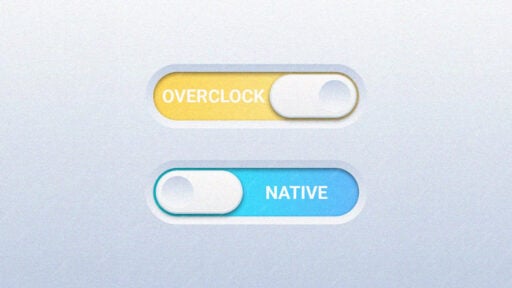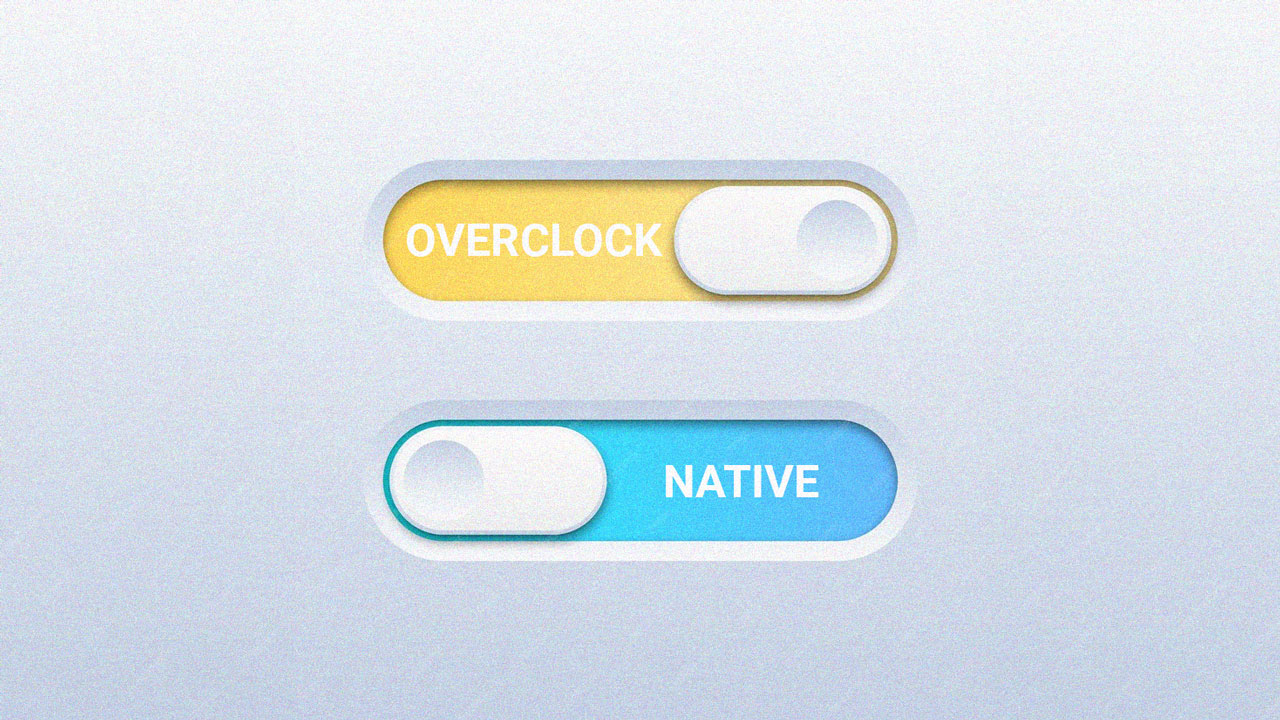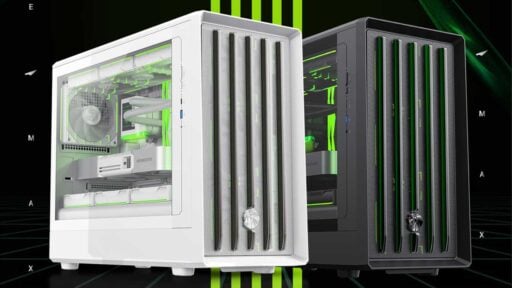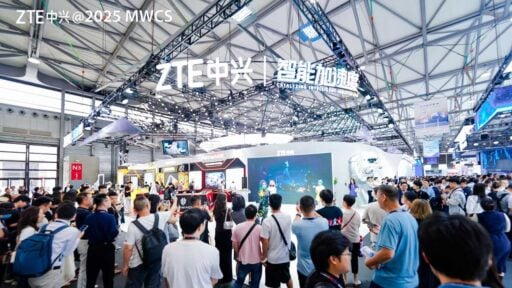As the latest 180 Hz panels starts to flood the market timed with the holiday season, it is high time to educate ourselves about the differences between the overclocked and native refresh rate monitors. This is a little PSA if you will, as I have seen an influx of high refresh rate panels capable of reaching 180 Hz. I say capable because some are not native to this refresh rate – hence the title card of this guide.
Before we proceed, I have to note that dear me have nothing against the monitors capable of enabling 180 Hz with a flick of a switch. By all means go ahead and check them out – especially if they are on sale. However, it is a different concern when manufacturers or online retailers markets certain models in a manner that pushes you to overclock said monitors without any issues to look out for. Those being said, read more into details as to why you may want to consider a native refresh rate monitor over an overclocked one – or vice versa.
Table of Contents:
What is Refresh Rate and Why it Matters?
Refresh rate simply refers to the number of times a display panel refreshes the screen per second. This is measured in Hertz (Hz).
For example, a monitor with a refresh rate of 60 Hz refreshes the displayed image on the screen 60 times per second, while a display with a refresh rate of 120 Hz refreshes the image 120 times per second. A higher refresh rate allows for more frames to be displayed in a given time period, providing a smoother and more responsive visual experience. This is an important factor for gaming, productivity, and general content consumption.

Common refresh rates for displays include 60 Hz, 120 Hz, 144 Hz, and 240 Hz – with 180 Hz panels now catching-up as a new standard. Higher refresh rates are certainly favored by gamers and those working with fast-moving content, as they can lead to a more immersive and responsive experience.
If you don’t know the refresh rate of your current monitor, there’s a high chance it is operating at a standard of 60 Hz. Back then, the next logical step is to go 85 Hz since 120 Hz panels of the yesteryears would cost an arm and a leg. That said, it paved the way for gamers and enthusiasts to explore refresh rate overclocking.
Display Overclocking
Overclocking is the process of increasing the clock rate (frequency) of a computer component, such as the CPU, GPU, or memory – beyond the manufacturer’s specified or default settings. The purpose of overclocking is to boost the performance of the component, allowing it to operate at higher speeds and potentially deliver a better performance.
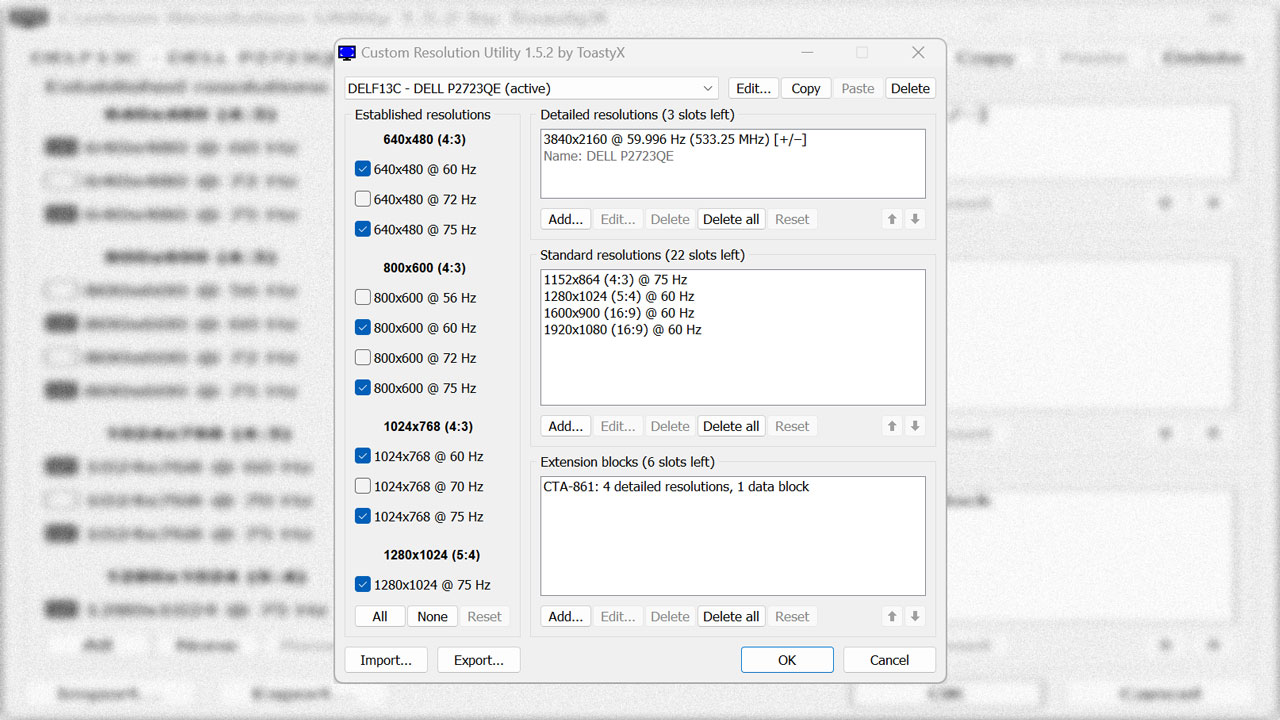
Now refresh rate overclocking revolves around increasing the refresh rate which is basically the clock rate on a comparable component. This is typically done via a third-party software such as the Custom Resolution Utility (CRU) or via your graphics card’s control panel. Adjusting it within your monitor’s On Screen Display (OSD) has also been made possible by various manufacturers in recent years.
Disclaimer: It is important to note that not all monitors support refresh rate overclocking, and attempting to overclock the refresh rate beyond the manufacturer’s specifications may have dire consequences. If done improperly and or if the monitor is not designed to handle higher refresh rates, it may lead to visual artifacts, screen flickering, or even irreversible damage to the display. I will not be held liable if you wish to explore display overclocking on your own.
Native vs Overclocked Refresh Rate
As said earlier, while overclocking can lead to improved performance, it comes with certain risks. Increased heat generation and power consumption are common side effects of overclocking, and if not managed properly, it can lead to stability issues, or even damage to the panel itself.
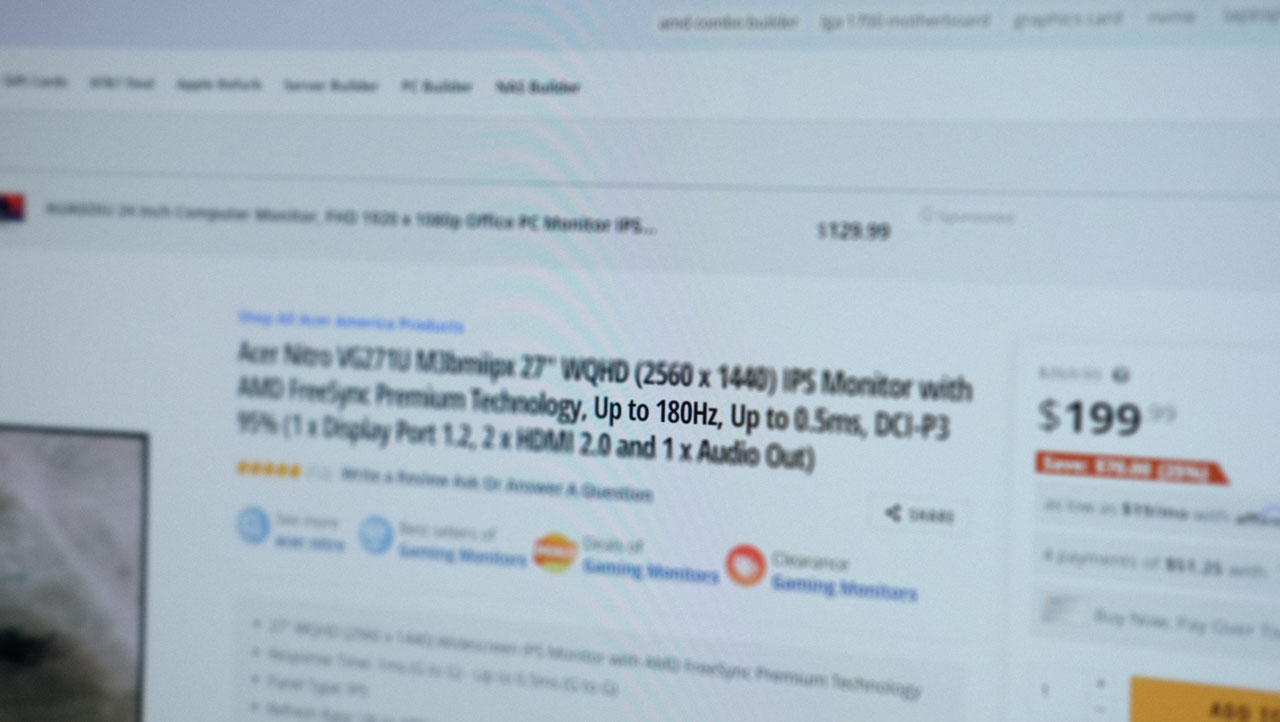
Take for example a few 180 Hz capable gaming monitors in the market right now. These are marketed as “up to 180 Hz” but are actually either 165 or 170 Hz out of the factory. Looking at some user reviews, there are already anecdotal evidences pointing out to issues related to overclocking. Again, I have nothing against these products at their most basic form but as someone who does this for a living, I know the risks involved by enabling features requiring products to leap outside their default specifications.
Temperature and Power
Overclocking often requires enhanced cooling solutions because higher clock rates generate more heat and power. On CPUs and GPUs, these could be mitigated or controlled with a high performance cooling solution that you could slap or control at your will. It gets tricky on a monitor though as most of us do not have the means to easily access or change its cooling solution – if it even has any.
Native 180 Hz monitors for example are tested stringently at the factory so they definitely win in this area of concern. Note that there are monitors with enough cooling headroom so they could be overclocked successfully. Even then, this so called headroom are meant to combat operating temperature swings based on the environment.
If you have the means to control the heat output of an overclocked display, then it is up to you to continue using the feature.
Warranty Considerations
Overclocking can void warranties, as it involves pushing components beyond their intended specifications. You should be aware that manufacturers may not provide support or honor warranties for overclocked hardware – and in this case, monitors are no exception.
I actually had an experience with this trying to initiate an RMA to a gaming monitor I bricked via overclocking. Suffice to say I failed to receive a replacement because it is out of the manufacturer’s warranty coverage. You do not have to worry about such with native high refresh rate panels unless you damaged it while trying to overclocking it further. Seriously, don’t do that unless you are aware of the risks involved.
Stability and Visuals
Stability and visual performance goes hand-in-hand when display overclocking is concerned. If a monitor cannot output a stable amount of frames in due time, you are most likely going to experience issues. I usually check a monitor’s stability via a frame skipping test to see if I am dropping any.
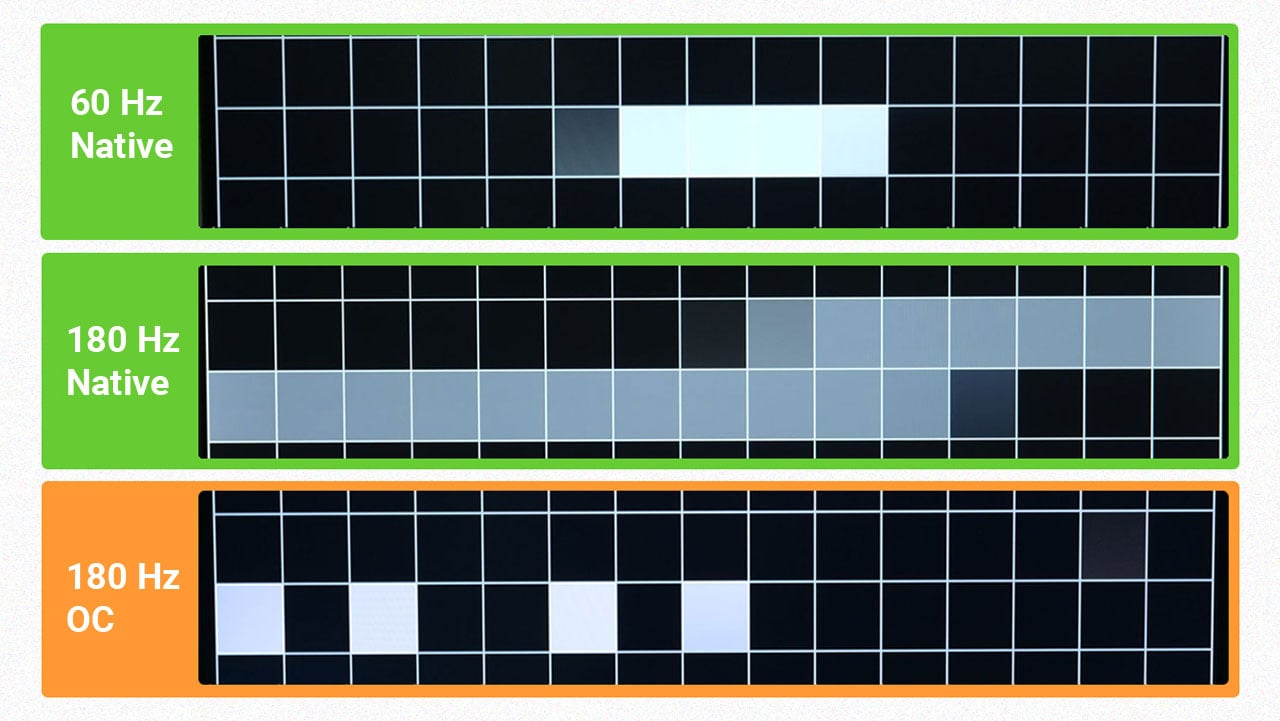
Looking at the comparison above, we could clearly see that the native 180 Hz panel showed all 20 frames captured by our camera, offered a butter smooth visual output. The overclocked panel (165 Hz native) on the other hand only showed 4 out of 20 frames which means we’ve missed 3/4 of the information sent by our graphics card. This translates to a poor visual performance i.e., stutters, lag and quite possibly some artefacts.
Fine-tuning
Overclocking is often an extensive process that involves hours of adjusting and testing – unless there is a profile already made for your monitor floating online. Even then, it cycles back to the possible issues you may have to address in the long run such as cooling or power requirements to maintain its performance.
Naturally, this is not an issue with native high refresh rate panels. Time less spent on fine-tuning means more time to play games.
Price
Overclockable panels are hands down better in this segment compared to the native models of the same refresh rate. This is mainly due to the age of the products compared and the brand’s willingness to explore factory overclocking until an ODM comes with a new design. However, give the new panels a few months to stabilize and the savings gap will definitely tighten up. This is a common occurrence in a cycle of any product.
Recommendations
So far, I have only seen three models with an actual 180 Hz panel out of the factory so I would naturally recommend them over the “180 Hz capable” models floating around online. These are from ASUS and I have tested one of them already – passing with flying colors on my in-depth review. I have added them below along with the links on where to find them.
- TUF Gaming VG27AQ3A (27-inch, 1440p, 180hz, 130% sRGB)
- Shopee – https://ph.asus.click/VG27AQ3ASHP
- TUF Gaming VG279Q3A (27-inch, 1080p, 180hz, 99% sRGB)
- Lazada – https://ph.asus.click/VG279Q3ALAZ
- Shopee – https://ph.asus.click/VG279Q3ASHP
- TUF Gaming VG249Q3A (24-inch, 1080p, 180hz, 99% sRGB)
- Lazada – https://ph.asus.click/VG249Q3ALAZ
- Shopee – https://ph.asus.click/VG249Q3ASHP
Now according to my sources, these monitors either comes with an AmTRAN or TPV (Innolux) panels. I have seen other ODMs such as AUO and CSOT sporting their own 180 Hz panels as well so we may see more models sharing the same refresh rate from various vendors over the course of time.
Final Thoughts
While monitors capable of reaching 180 Hz through overclocking are widely available and can be appealing, there are inherent risks and considerations that you should be aware of.
Others, myself included, should not stop you from doing what you want. But, remember to thoroughly research the subject to fully understand panel overclocking and its limitations. If that is not possible or if you’d rather spend your time doing something else, consider out-of-the-box options.
In closing, I hope this little guide could help you formulate an informed decision based on the nuances between native and overclocked monitors of similar refresh rates. I used to say overclocking is fun until you break stuff and it still rings true to this date.
